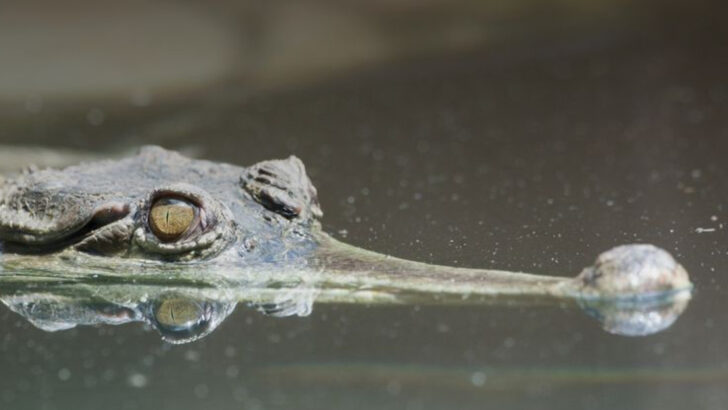Crocodiles are not just cold-blooded killers—they’re tactical geniuses, lurking in the shadows with a terrifying blend of patience and power. But here’s the kicker: not all crocodiles are bloodthirsty monsters. In fact, some are downright shy, while others are downright ruthless. What makes one croc more aggressive than another?
In this post, we’re ranking 20 crocodile species based on their aggression levels. Prepare to be surprised—some of the most notorious names might not be as deadly as you think.
From the massive Nile crocodile to the stealthy freshwater croc, each species has its own personality. Some are quick to strike, others prefer to wait for the perfect moment. Which one would make you break into a sweat if you crossed paths?
Grab your gear, and let’s dive into the wild, unpredictable world of crocodiles. You won’t believe what we’ve uncovered!
Saltwater Crocodile
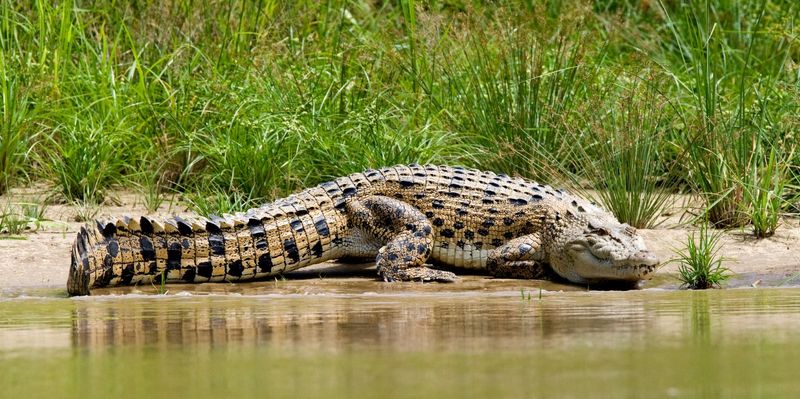
The saltwater crocodile tops the list with its formidable reputation. Known for its sheer size and power, it can grow up to 23 feet long. Often found in estuaries and coastal regions, this apex predator is known for its territorial nature.
It fiercely defends its domain from any intruders, whether human or animal. With its incredible strength, the saltwater crocodile can take down prey as large as water buffalo.
Its stealth in the water makes it a master ambush predator. Despite its aggression, it plays a crucial role in its ecosystem by controlling populations of other species.
Nile Crocodile
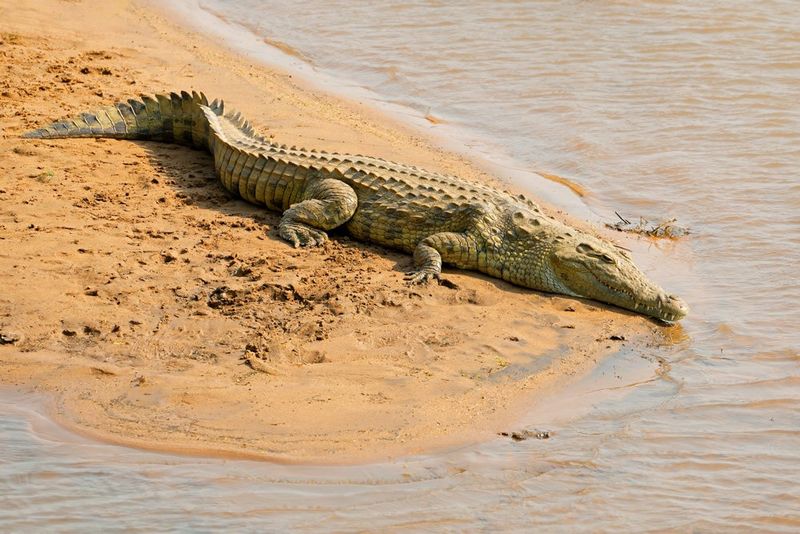
The Nile crocodile is a force to be reckoned with in African rivers. Renowned for its aggressive hunting tactics, it has a long history intertwined with human folklore. This crocodile can be incredibly protective of its territory and offspring.
Growing up to 20 feet, its powerful jaws are capable of crushing bones with ease. It often hunts in packs, increasing its effectiveness. Known for its cunning nature, the Nile crocodile patiently waits for the right moment to strike, making it a formidable predator in the water.
The crocodile’s role in African ecosystems is vital, maintaining the balance of local wildlife populations.
American Crocodile

The American crocodile is less aggressive than its Nile and saltwater cousins but still commands respect. Found mostly in the coastal wetlands of the Americas, it prefers brackish waters and is often spotted basking in the sun.
While not as territorial, it can become defensive if threatened. Its interactions with humans are relatively peaceful unless provoked. This crocodile is a critical part of its ecosystem, helping to maintain the health of its aquatic environment.
Despite its more laid-back demeanor, the American crocodile’s powerful jaws and stealthy nature are not to be underestimated.
Mugger Crocodile
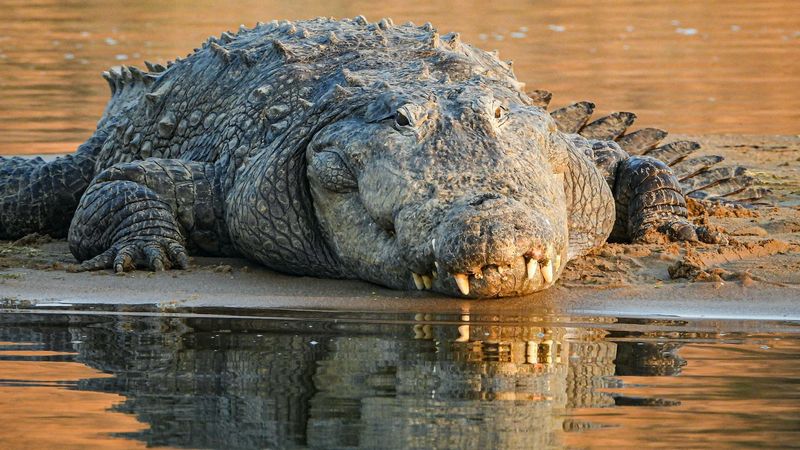
The mugger crocodile is native to the Indian subcontinent and is known for its adaptability. It inhabits rivers, lakes, and marshes, and can even thrive in man-made reservoirs.
Unlike its saltwater and Nile relatives, the mugger is more opportunistic than aggressive. However, it can become quite territorial during breeding season. Its robust body and strong jaws make it an efficient hunter.
Despite its somewhat aggressive reputation, it often shares its habitat with other wildlife, playing a role in its local ecosystem by preying on fish and small mammals.
Orinoco Crocodile

The Orinoco crocodile, native to the Orinoco River basin in Venezuela, is critically endangered. Despite its aggressive appearance, it tends to avoid human interaction.
This species can grow quite large, with a slender snout adapted for catching fish. During the dry season, it can become more aggressive as resources become scarce.
Conservation efforts are crucial for the Orinoco crocodile, which plays a significant role in its ecosystem by controlling fish populations. Protecting this species helps maintain the ecological balance of the river environment.
Siamese Crocodile
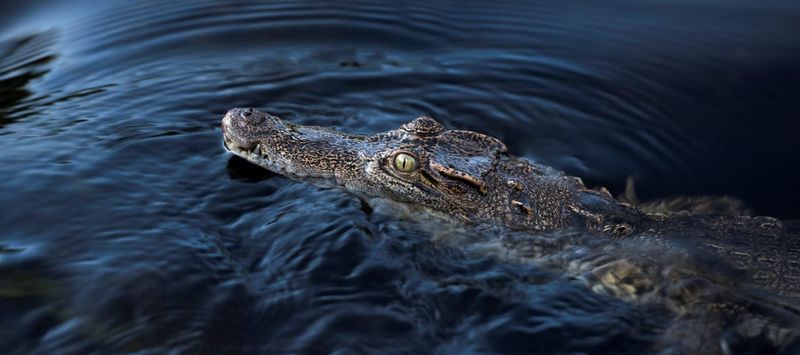
The Siamese crocodile is a shy and reclusive species, primarily found in freshwater habitats in Southeast Asia. It poses little threat to humans unless cornered or provoked.
Unlike its aggressive relatives, the Siamese crocodile has a gentler disposition. However, it is critically endangered due to habitat loss and hunting. Conservation efforts are vital to its survival.
Although quieter, it plays an essential role in its habitat by keeping the fish population in check. Protecting the Siamese crocodile also helps preserve the freshwater ecosystems it inhabits.
Cuban Crocodile

The Cuban crocodile is noted for its agility and intelligence. Endemic to Cuba, it is one of the more terrestrial crocodile species, often seen walking on land.
Known for its boldness, the Cuban crocodile can exhibit aggressive behavior when threatened. It has powerful legs, allowing it to leap out of the water to catch prey. Despite its aggressive tendencies, it is endangered, with conservation efforts underway.
This crocodile’s unique adaptations make it a fascinating subject of study, and its protection is crucial to maintaining Cuba’s biodiversity.
Philippine Crocodile
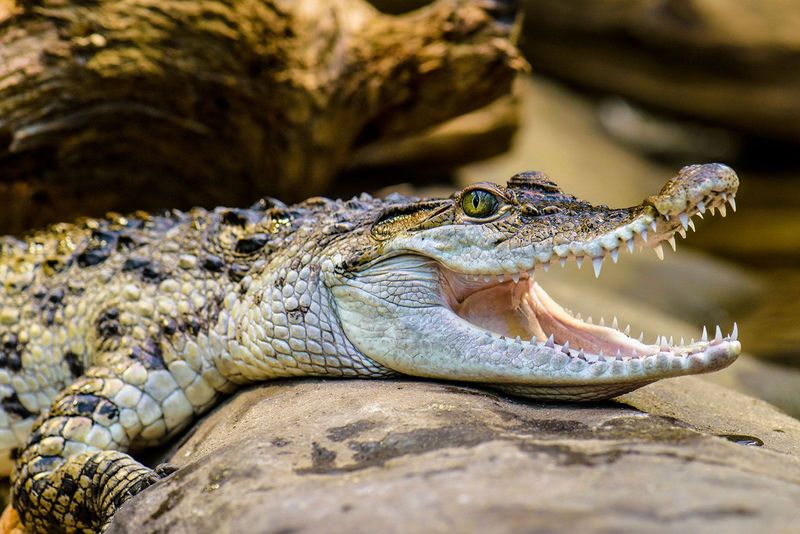
The Philippine crocodile, one of the world’s most endangered crocodile species, is critically important to its environment. It inhabits freshwater rivers and marshes in the Philippines.
This crocodile is generally shy and avoids human contact. However, it can be territorial, especially during the breeding season. Conservation efforts focus on preserving its habitat and increasing its population.
By controlling fish populations, the Philippine crocodile plays a vital role in its ecosystem. Protecting this species is essential for maintaining the health of freshwater habitats in the region.
Freshwater Crocodile
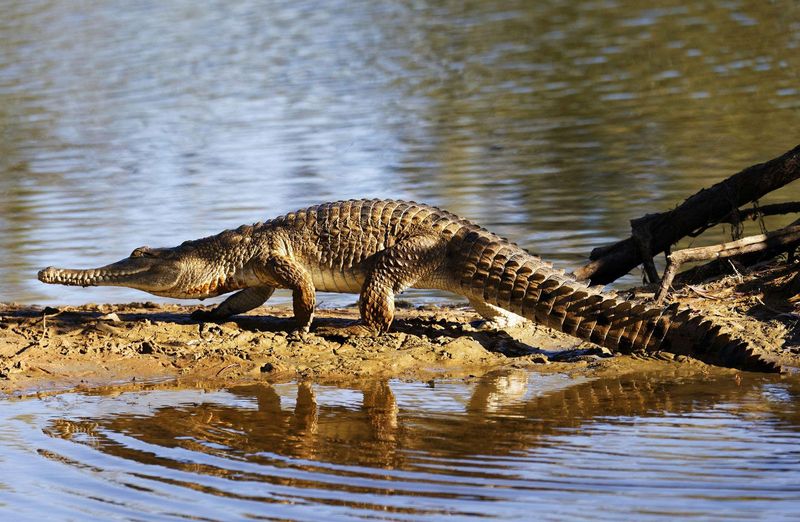
The freshwater crocodile, native to Australia, is known for its more docile nature compared to its saltwater cousin. It inhabits freshwater rivers, creeks, and billabongs.
While generally not aggressive towards humans, it can become defensive if provoked. This species is a key part of Australia’s waterways, helping control fish and insect populations.
Its slender snout is specially adapted for catching fish, making it an efficient hunter. The freshwater crocodile’s presence is an indicator of a healthy aquatic ecosystem.
Yacare Caiman
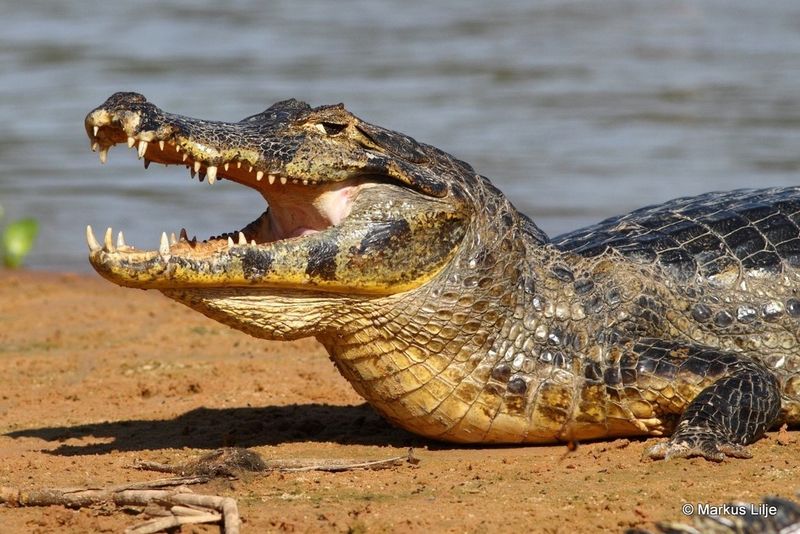
The Yacare caiman, part of the crocodilian family, is found in South American wetlands. Although smaller, its aggressive nature is well-documented, especially during the breeding season.
It plays a pivotal role in its ecosystem, preying on fish, birds, and small mammals. With a robust body and sharp teeth, the Yacare caiman is an adept hunter.
Despite its aggression, it is not typically a threat to humans unless provoked. Its role in maintaining the balance of its habitat is vital, ensuring the health of the wetlands it inhabits.
Spectacled Caiman
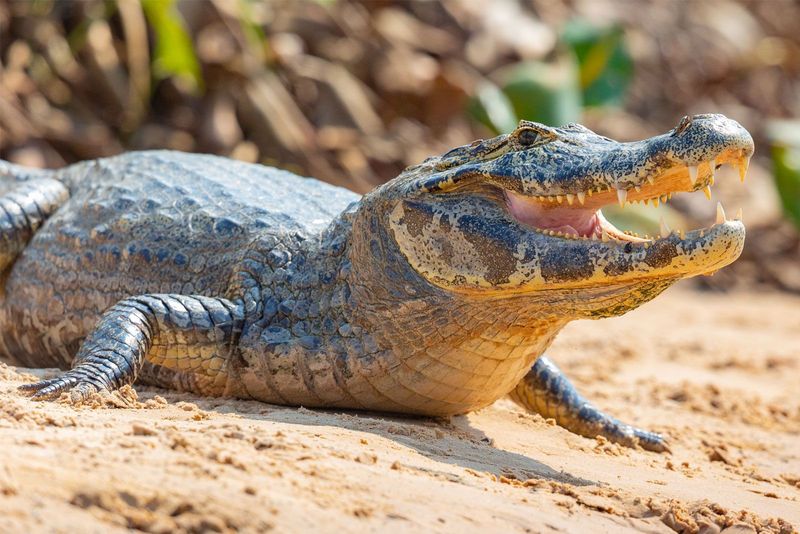
Named for the bony ridge between its eyes, the spectacled caiman is a common sight in Central American waterways. Its adaptability allows it to thrive in various environments.
While generally not aggressive, it can become territorial during certain times of the year. This caiman is an important part of its ecosystem, helping to control the population of fish and small mammals.
Despite its abundance, habitat destruction poses a threat. Ensuring its survival is key to maintaining the ecological balance of its environment.
Morelet’s Crocodile
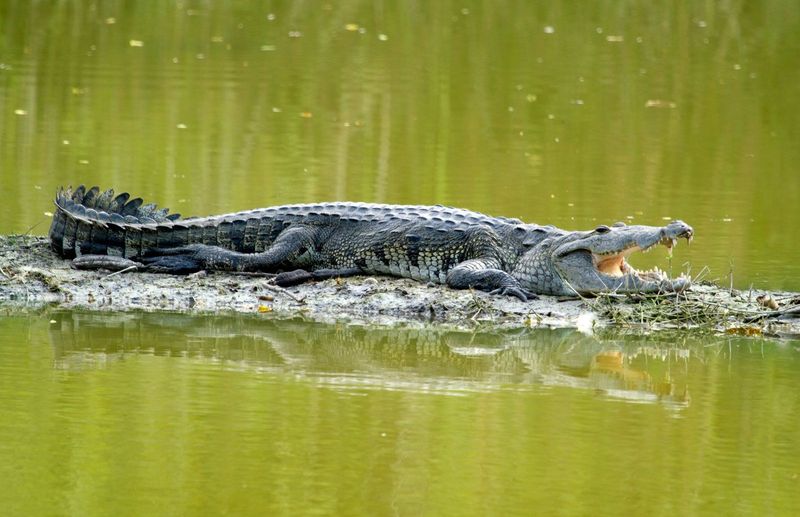
Morelet’s crocodile, native to Mexico and Central America, is known for its adaptability to freshwater habitats. It prefers calm waters, such as lakes and swamps.
Though not overtly aggressive, it can be territorial, especially during the breeding season. This crocodile plays a crucial role in controlling the population of fish and other aquatic animals.
Conservation efforts are underway to protect its habitat from development. By preserving this species, we help maintain the health and balance of its freshwater ecosystems.
Johnston’s Crocodile
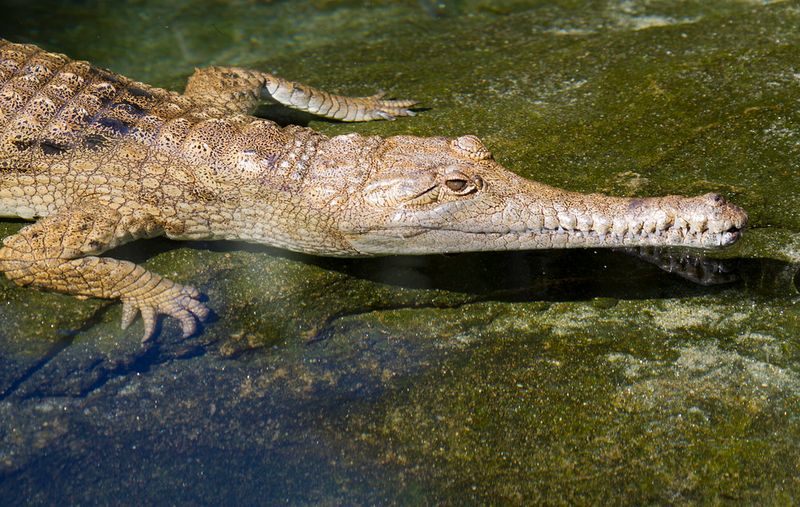
Johnston’s crocodile, or the freshwater crocodile, is native to northern Australia. Known for its gentler demeanor, it poses little threat to humans.
This species thrives in freshwater environments and is well-adapted to catching fish. Its slender snout is perfect for its diet, which consists mainly of aquatic prey.
Conservation efforts focus on preserving its natural habitat, as habitat destruction poses a significant threat. Protecting Johnston’s crocodile ensures the biodiversity of Australia’s freshwater systems.
New Guinea Crocodile

The New Guinea crocodile inhabits freshwater swamps and rivers in Papua New Guinea. It is known for its reclusive nature, avoiding human contact whenever possible.
While generally not aggressive, it can become defensive if threatened or during the breeding season. This crocodile plays a key role in its ecosystem by controlling fish and small mammal populations.
Conservation efforts aim to protect its habitat from deforestation and human encroachment. Safeguarding the New Guinea crocodile helps preserve the delicate balance of its environment.
West African Crocodile
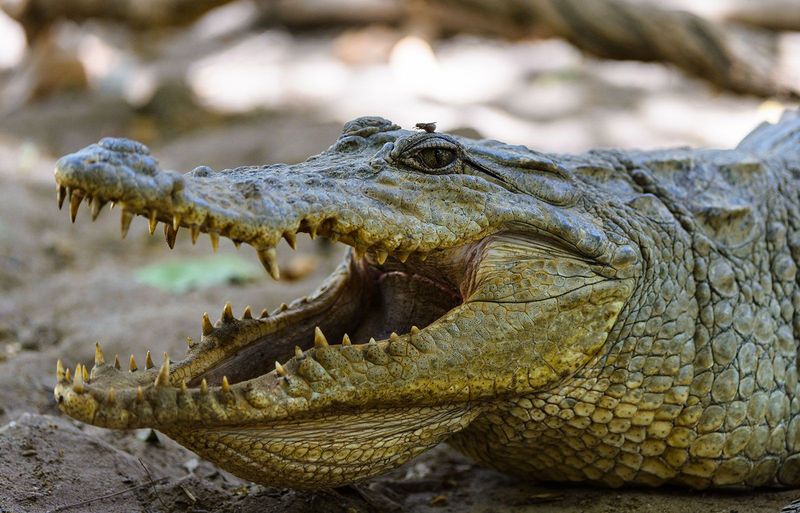
The West African crocodile, once thought to be a population of Nile crocodiles, has been recognized as a distinct species. It is generally less aggressive than its Nile counterpart.
Found in various freshwater habitats, it is more tolerant of human presence. However, it can become territorial during breeding season. This crocodile is an important part of its ecosystem, helping to maintain the balance of prey species.
Efforts to understand and protect this species are crucial for the health of West Africa’s waterways.
Dwarf Crocodile
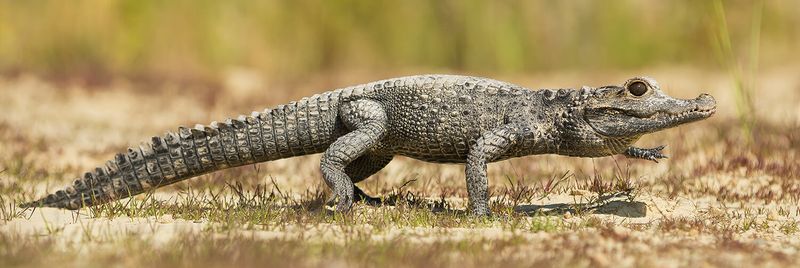
The dwarf crocodile is the smallest of all crocodile species, found in the rainforests of West and Central Africa. Its size makes it less threatening, but it can be aggressive if cornered.
This nocturnal species is more secretive, spending much time in burrows near water. It feeds primarily on fish and small mammals.
Conservation efforts are vital due to habitat loss from deforestation. Protecting the dwarf crocodile ensures the survival of numerous species that depend on its rainforest habitat.
Cuvier’s Dwarf Caiman
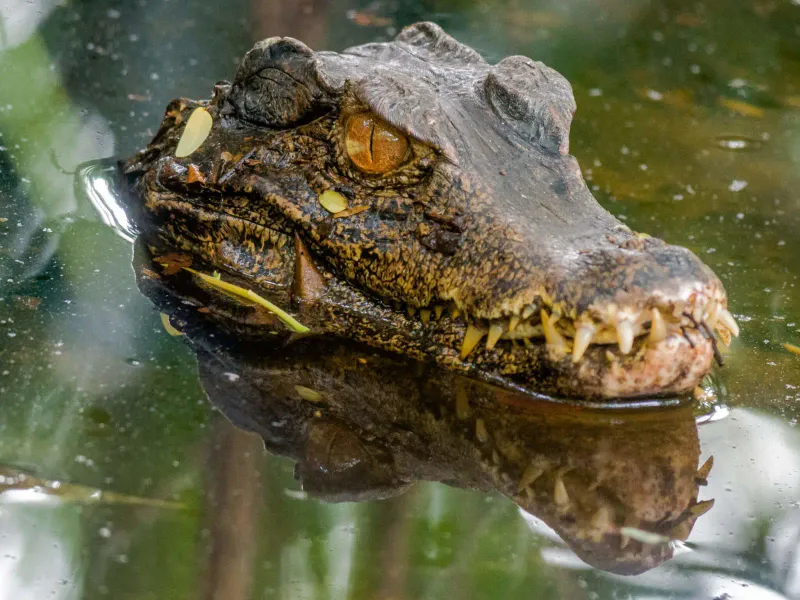
Cuvier’s dwarf caiman, the smallest member of the crocodilian family, is known for its tenacity. Found in South America’s freshwater habitats, it is more aggressive towards prey than humans.
This caiman is a proficient hunter, using its small size to navigate dense aquatic vegetation. Its diet consists mainly of fish and invertebrates.
Conservation efforts focus on habitat preservation, as human activities threaten its environment. Safeguarding this species is essential for the health of its ecosystem.
Slender-Snouted Crocodile
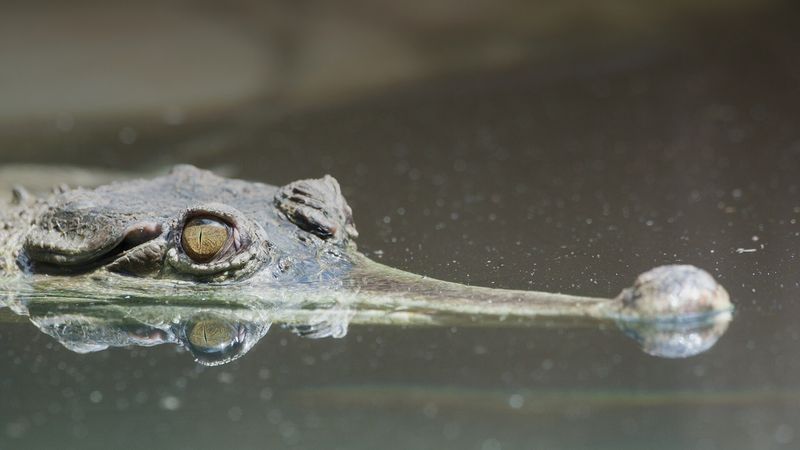
The slender-snouted crocodile, native to central and western Africa, is recognized for its distinctive long snout. It is generally shy, preferring to stay hidden in dense riverine environments.
While not overly aggressive, it can become defensive if its territory is encroached upon. This crocodile is crucial for maintaining the balance of its ecosystem by controlling fish populations.
Conservation efforts are underway to protect its declining population, which is threatened by habitat destruction and hunting.
False Gharial
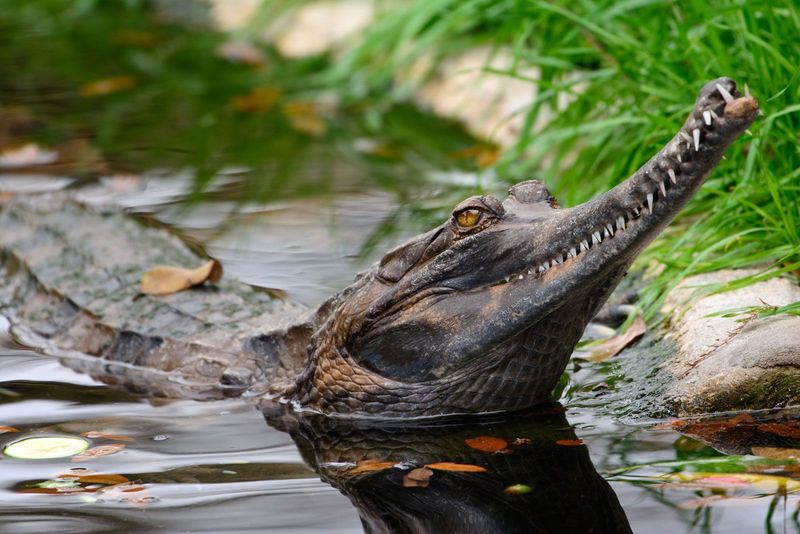
The false gharial, native to Malaysia and Indonesia, is known for its unique appearance with a long, narrow snout. It is typically less aggressive than other crocodile species.
This crocodile prefers freshwater swamp habitats and feeds on fish and small mammals. Despite its size, it is reclusive and avoids human contact.
Conservation efforts are crucial as it faces threats from habitat destruction. Protecting the false gharial is essential for preserving the biodiversity of its swamp environment.
Black Caiman

The black caiman, the largest member of the caiman family, is a dominant predator in the Amazon Basin. Its dark coloration helps it blend into the murky river waters.
Known for its aggressive nature, especially during the breeding season, it commands respect within its domain. This caiman plays a critical role in controlling the populations of fish and mammals.
Conservation efforts are essential as the black caiman faces threats from habitat loss and hunting. Preserving this species is key to maintaining the ecological balance of the Amazon.

